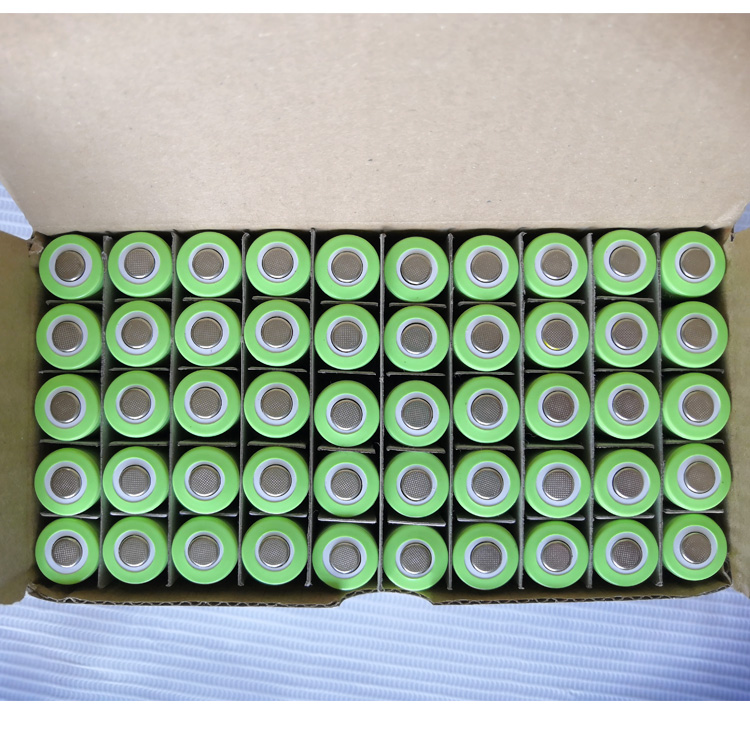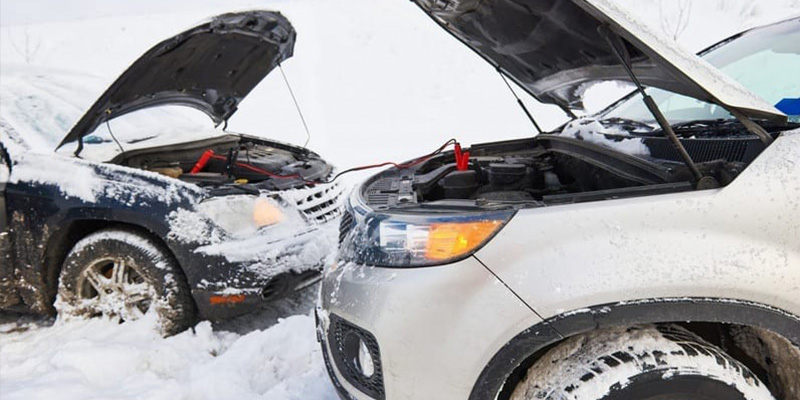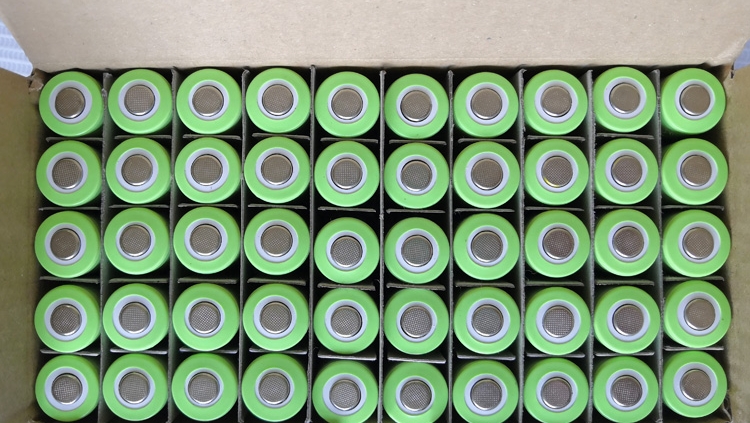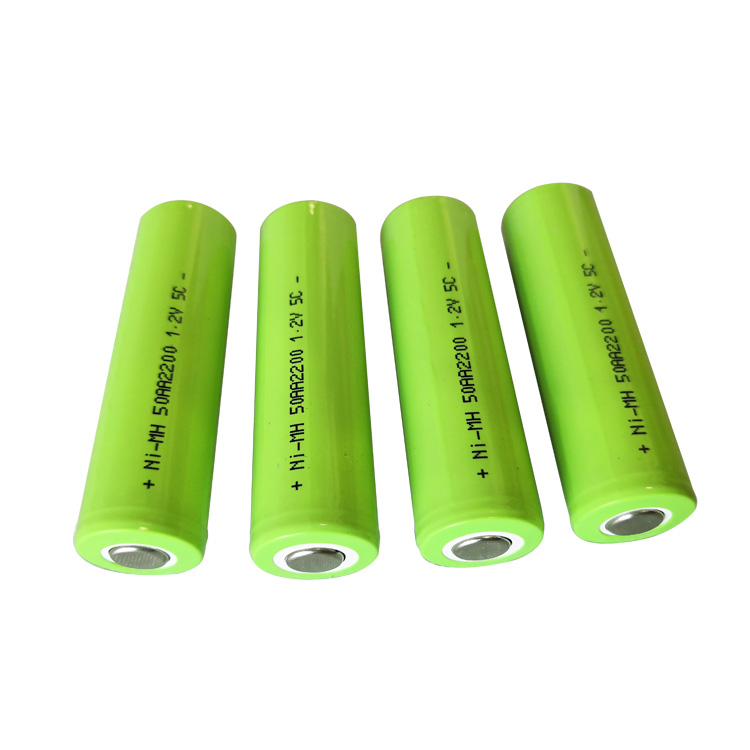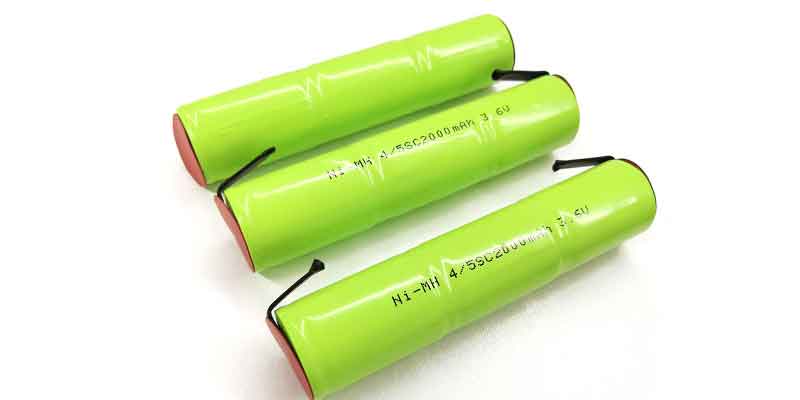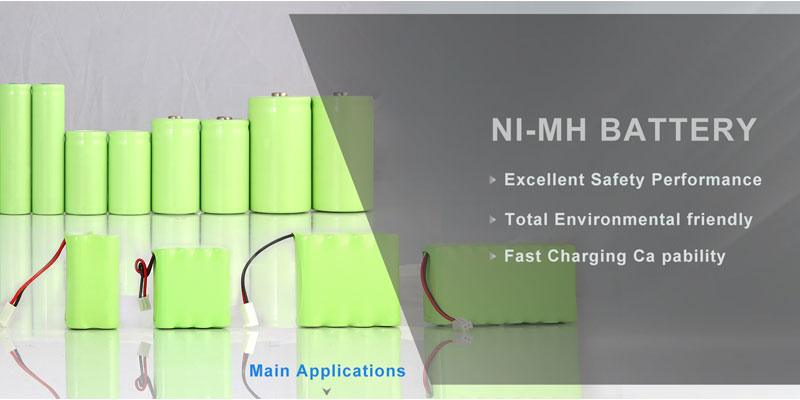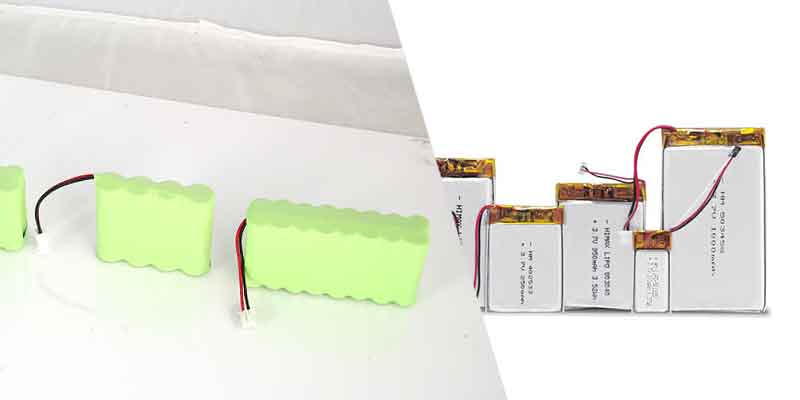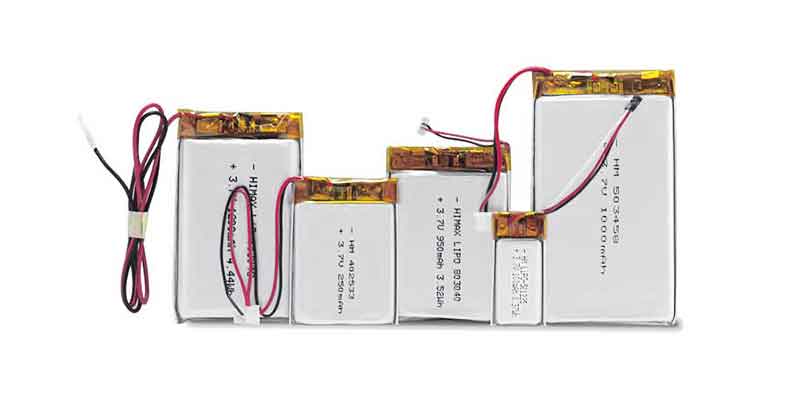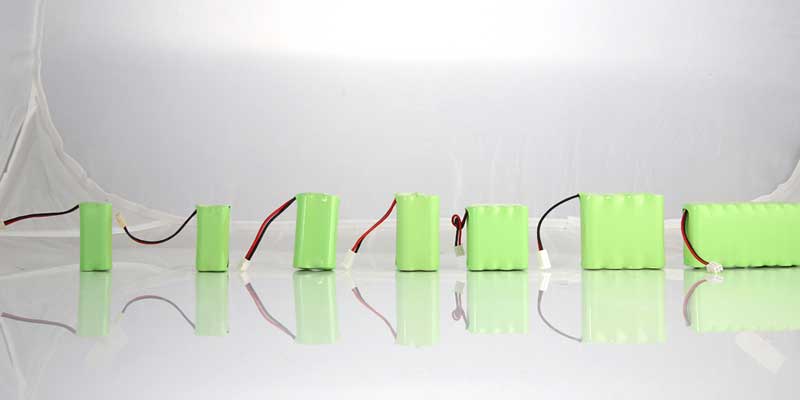Safety Issues When Using Drones

Over 200 injuries related to drone battery incidents were reported to the U.S. Consumer Product Safety Commission between 2012 and 2017. The reported incidents involved fire, smoke, and even explosions. It’s likely that countless other incidents went unreported because they didn’t end in an emergency room visit.
In order to ensure battery safety, it’s critical as a commercial drone operator to purchase your batteries and battery management systems from a reputable, safety-minded provider.
Why Do Drone Batteries Fail?
While some drone battery failures occur for reasons that no one could predict or discover, most incidents could have been avoided with proper care and maintenance of your battery fleet. To reduce your potential risk drone users should be well-versed in battery safety practices.
Manufacturers are also responsible for the safety of each battery. In order to provide reliable performance and increased safety, reputable battery manufacturers employ high-quality materials and precise manufacturing and quality control processes. When manufacturers cut corners, they reduce overall battery safety. Quality costs money, so when a battery price seems too good to be true, it probably is.
Choosing Batteries for Drone Safety
Know the Manufacturer
Reputable manufacturers are transparent and provide plenty of information about their company and practices. Research the quality of materials and designs used to manufacture their drone batteries. If you’re considering a discounted battery purchase but can’t find much information about the company that makes it, it’s best to reconsider. Make sure that your supplier is located within the United States, if you need support or have a question, you want to have an English speaking support staff to answer your call.
Focus on Safety Features
In the interests of the bottom line, some manufacturers strip away “expendable” safety features to create budget batteries. You might be tempted by those batteries when you’re browsing online, but be careful – always review the product description carefully and note the safety features listed. You’ll probably need to visit the manufacturer’s website to find a complete list of features and related details.
Choose the Right Charger
A top-of-the-line drone battery plugged into a low-quality charger will inevitably cause headaches and compromise battery safety. It’s best to choose a “smart” or programmable battery charger. You’re better able to manage your drone batteries when you have important charging data at your disposal. It’s also best to use batteries and chargers produced by the same manufacturer.
Best Practices for Battery Safety
How to Store
It’s recommended that you drain batteries to 40-60 percent of their full capacity before storing them for more than ten days. If you’re planning to store them for fewer than 10 days, drain them to 60-80 percent of their capacity. Partially draining batteries reduces stress on them and extends their working life. Never store your batteries for more than three months without charging them.
It’s best to store batteries in a dry location at room temperature. Before tucking those batteries away, inspect them for a puncture, puffing, or other abnormal physical features that indicate an unhealthy battery.
How to Charge
Most incidents occur while the battery is charging, which is why it’s recommended to charge your drone batteries at a 1C charge rate. To find this rate take the milliamp hour capacity rating of your battery divide it by 1000. For example, a 22,000 millamp battery should be charged at 22amps. Always monitor your batteries during the charging process and only charge your batteries on a non-flammable surface located away from any flammable materials. While battery fires are rare, a damaged battery or incorrect charge settings can cause a battery to swell, expand and worst-case scenario catch fire. Being prepared with a suitable fire extinguisher and ready to react if you see signs of trouble is critical.
How to Operate
How and where you fly your drone can impact its battery life. It’s best to avoid flying in extreme temperatures. Refer to the manufacturer’s instructions for specific information about safe flight temperatures for your drone. The generally accepted rule is to fly within the range of 14 °F to 104 °F for optimal drone safety.
Using an appropriately sized battery for your drone is critical for overall safety. Using a battery that does not provide enough power for your drone will not only adversely affect battery life but can lead to overheating of the pack and thermal runaway, a dangerous process that devours the battery. Thermal runaway is a heat-induced chemical reaction that intensifies and continues to raise internal temperatures until all the reactive agents within the cell are consumed.
How to Transport
Secure your batteries with padding during transport to prevent them from hitting against other batteries or objects. Also, make sure that any exposed leads or connectors are protected from arcing or shorting. Cover with tape or use specifically designed covers to avoid issues. You can purchase cases and backpacks designed specifically for this purpose. If you’re taking them with you on a plane, remember to pack your drone and batteries in your carry-on baggage and review the current FAA rules for batteries. Regulations for transportation of batteries are also subject to the carrier by carrier-specific rules. Always check with your airline before you try and fly with your drone or batteries.
Himax Provides Safe, Custom-Designed Batteries for Commercial Use
Himax values safety above their bottom line, which is why they offer custom-designed batteries that are produced with superior materials and high-tech safety features.
Custom-Designed Lithium-Ion Batteries for OEM Applications
Himax’s custom-designed batteries were created for professional, commercial, and industrial use. Their robust composition will withstand the most rigorous, unmanned applications without compromising on energy density and weight. They offer a wide range of custom battery designs, which ensures that you will receive a product that meets your unique and precise requirements.
Why does custom design matter for drone safety? Himax’s custom-designed batteries accommodate targeted operating temperatures and discharge voltages. When your drone battery is designed with a specific application in mind, it will operate more efficiently and safely in the conditions under which it will actually be used.
Battery Safety Certifications
Himax products are produced with high-quality materials that ensure durability, extend battery life, and prevent battery failure. Himax can assist with manufacturing to meet and exceed any required safety compliance schemes. We have experience with UN38.3, CE, RoHS, and FCC. We have multiple NRT laboratories that can provide testing services.
Safety Features
Himax’s commercial series of batteries provides the most advanced battery management system (BMS) available on the market. These “smart” batteries include an embedded BMS. This active BMS system helps extend battery life, tracks, and stores critical battery information. The system also allows for additional safety features include real-time fault detection, battery lockout protocol, five LED Indicators, and the ability to capture and store KPIs, which include:
- Remaining capacity
- State of charge
- Cell voltage
- Pack voltage
- Current draw
- Cell temperatures
- Faults
In addition to careful construction and critical safety features, Himax inspects all products before they leave the factory to ensure each one meets their quality and safety standards.



